In a fascinating exploration of contemporary graphic design trends, Elizabeth Goodspeed delves into the concept of “Future Medieval” in her article for It’s Nice That. This aesthetic movement, which reimagines medieval styles through a modern lens, has been gaining traction in the design world. As we take a closer look at Goodspeed’s observations, it’s clear that the fusion of ancient and futuristic elements speaks to our current cultural moment, reflecting both a nostalgia for the past and an uncertainty about the future.
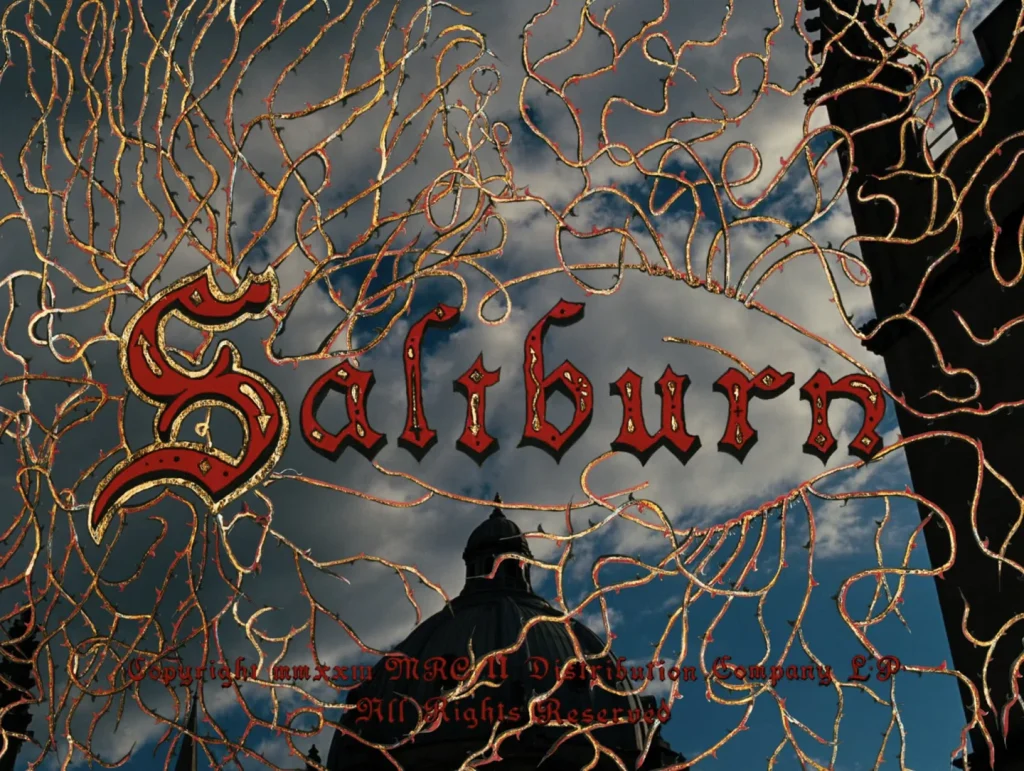
The Rise of “Future Medieval”
Goodspeed’s article outlines how “Future Medieval” borrows from the rich visual history of the Middle Ages, blending it with contemporary design practices. This trend is characterized by the resurgence of blackletter typography, intricate ornamental designs, and gothic imagery. Designers are turning to these elements to create work that feels both otherworldly and deeply rooted in history.
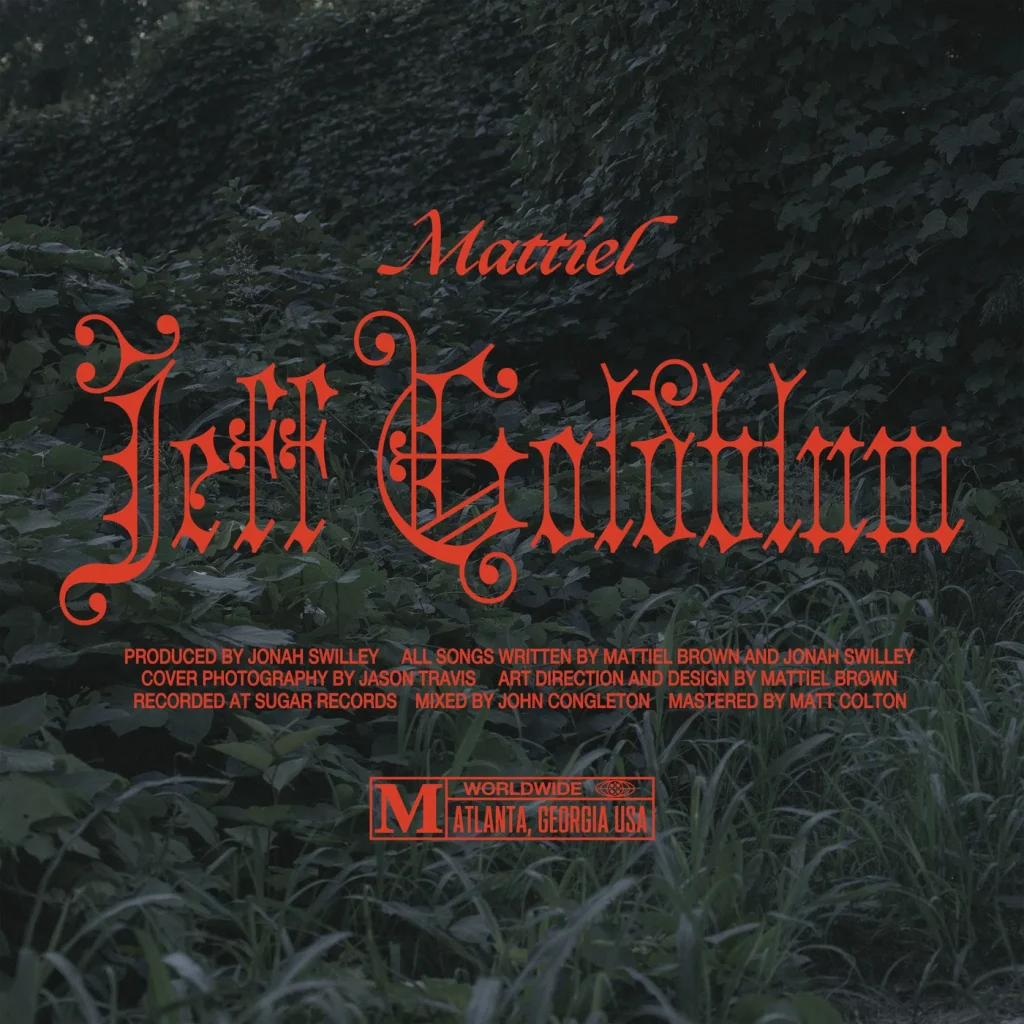
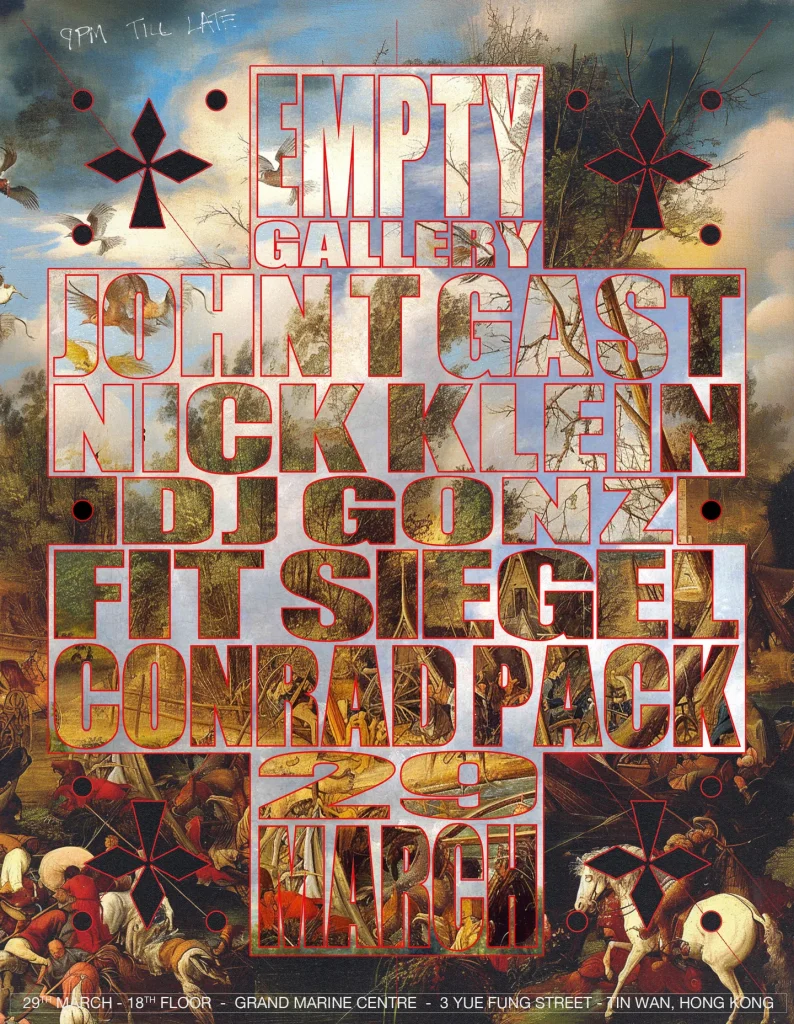
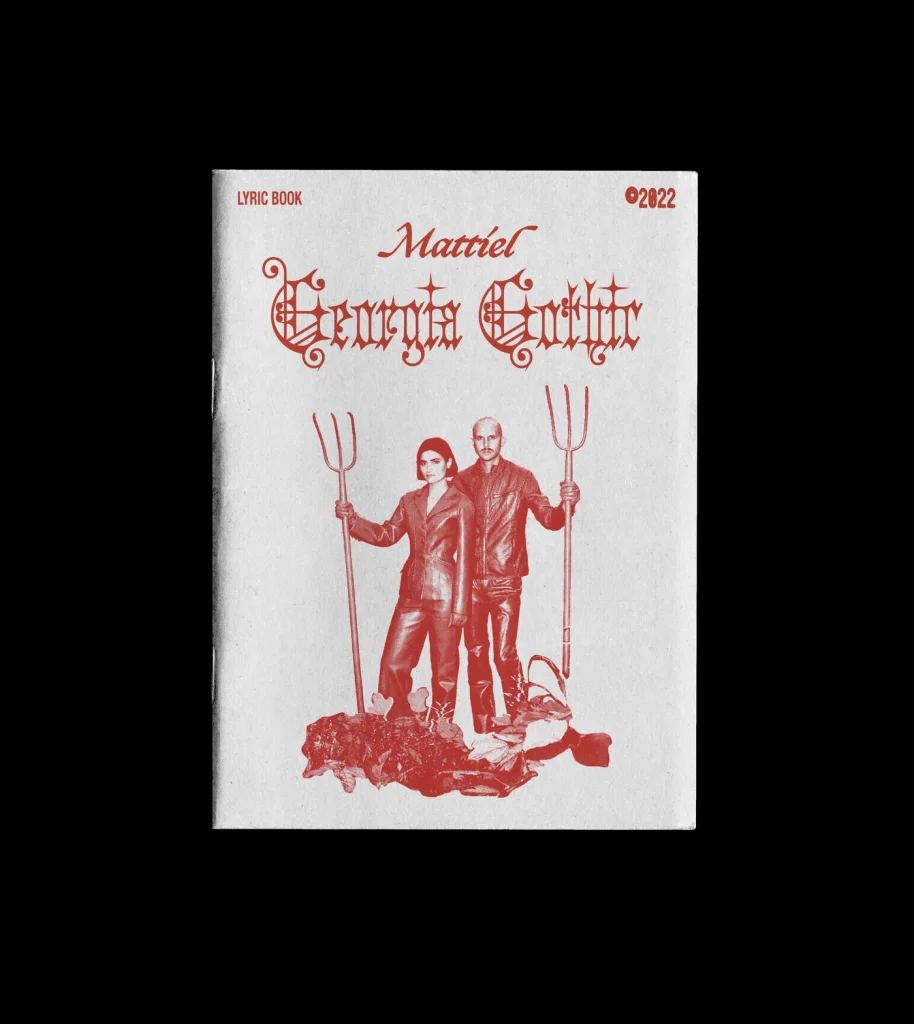
One of the most striking aspects of this trend is its ability to evoke a sense of timelessness. The Middle Ages, often seen as a period shrouded in mystery and mysticism, provides fertile ground for creative exploration. By incorporating these elements into modern design, creators can tap into a collective yearning for something beyond the mundane, offering a visual escape into a world that feels both ancient and futuristic.
Cultural Resonance
Goodspeed suggests that the rise of “Future Medieval” is closely tied to broader cultural and societal shifts. As we navigate an increasingly digital and uncertain world, there is a growing fascination with the past and a desire to find meaning in historical contexts. The “Future Medieval” aesthetic allows designers to explore these themes, offering a way to connect the present with a bygone era that feels both familiar and alien.
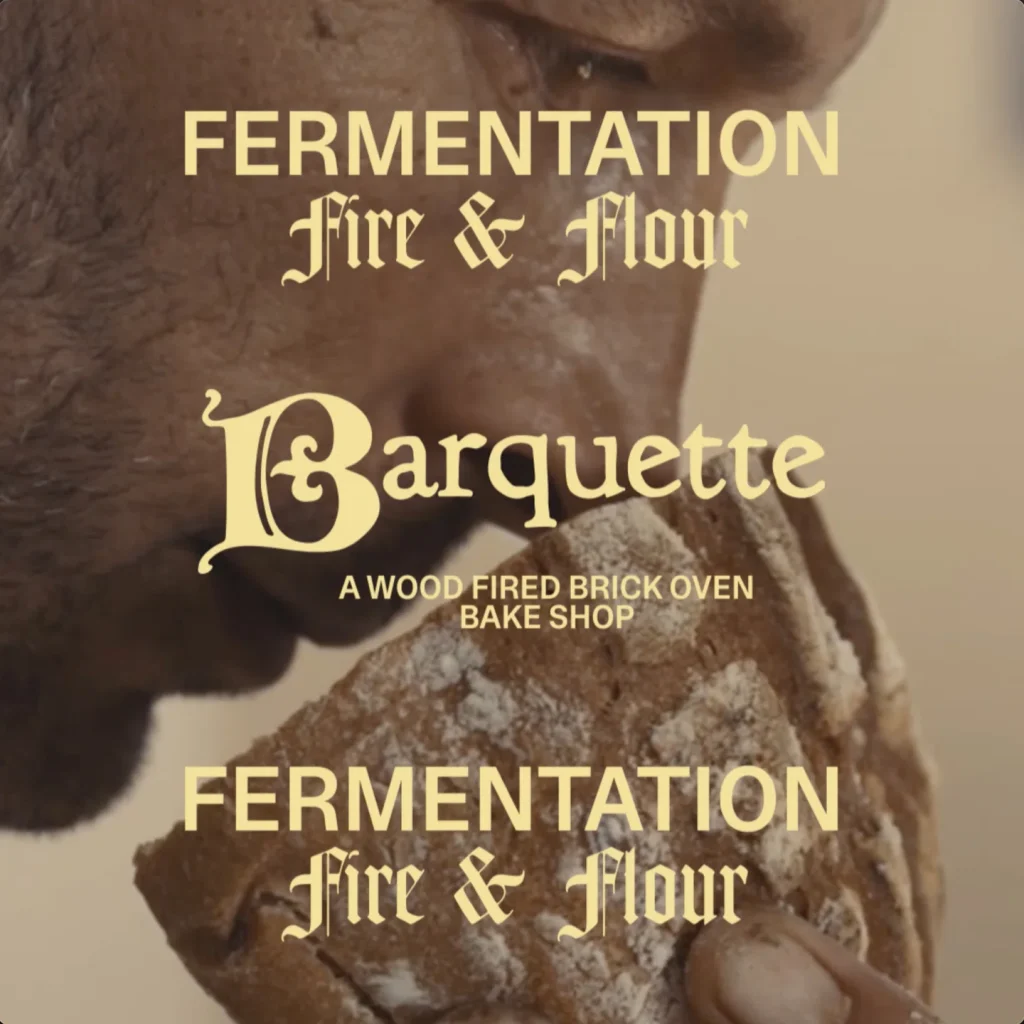
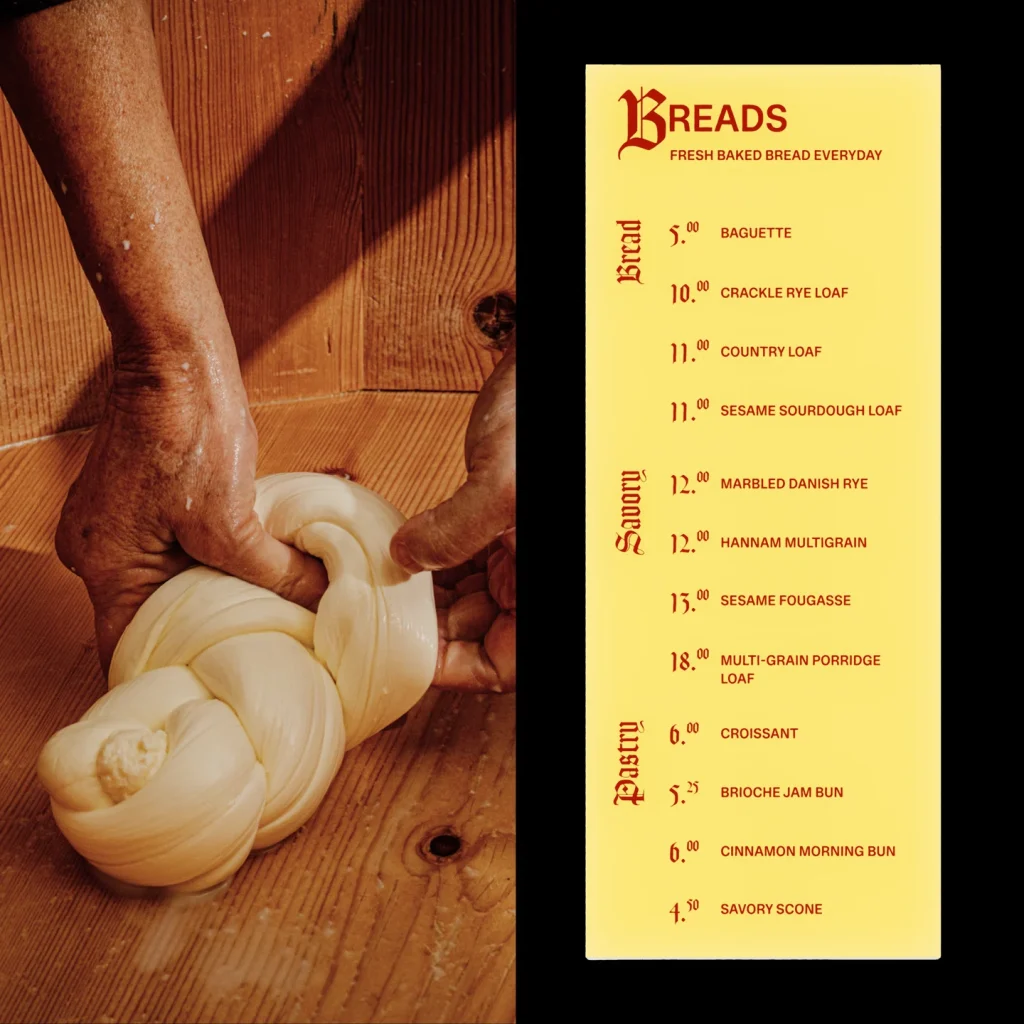
This trend also intersects with the popularity of fantasy media, such as films, video games, and literature, which often draw heavily on medieval motifs. The resurgence of interest in these themes reflects a broader cultural longing for the mysterious and the magical, a desire to reconnect with a world that feels more tangible and less transient than our own.
Impact On The Designs You Encounter Everyday
The “Future Medieval” trend has significant implications for the field of graphic design. By embracing these ancient motifs, designers are challenging conventional ideas of what modern design should look like. This movement encourages a return to craftsmanship, with a focus on detailed, hand-drawn elements and a rejection of the minimalist aesthetics that have dominated the design world in recent years.
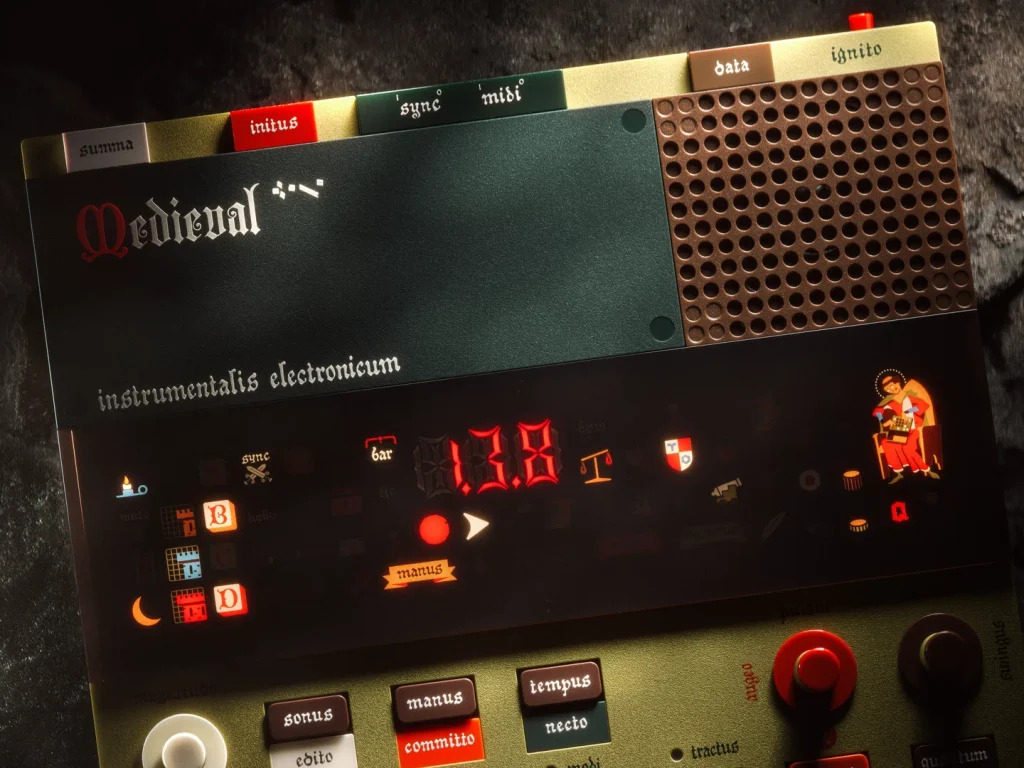
Moreover, the use of blackletter typography and gothic imagery in contemporary contexts forces viewers to reconsider their preconceptions about these styles. What was once associated with the past is now being reinterpreted in innovative ways, creating work that feels fresh and relevant.
The Renaissance (Festival) Connection
Although the medieval and Renaissance periods are distinct in history, they are deeply connected, sharing a legacy of innovation, art, and cultural exploration. The Renaissance, a time of rebirth and rediscovery of classical knowledge, laid the groundwork for many aspects of modern society, from art and science to architecture and philosophy. This connection is evident at the Ohio Renaissance Festival, where we celebrate the spirit of an era that continues to inspire.
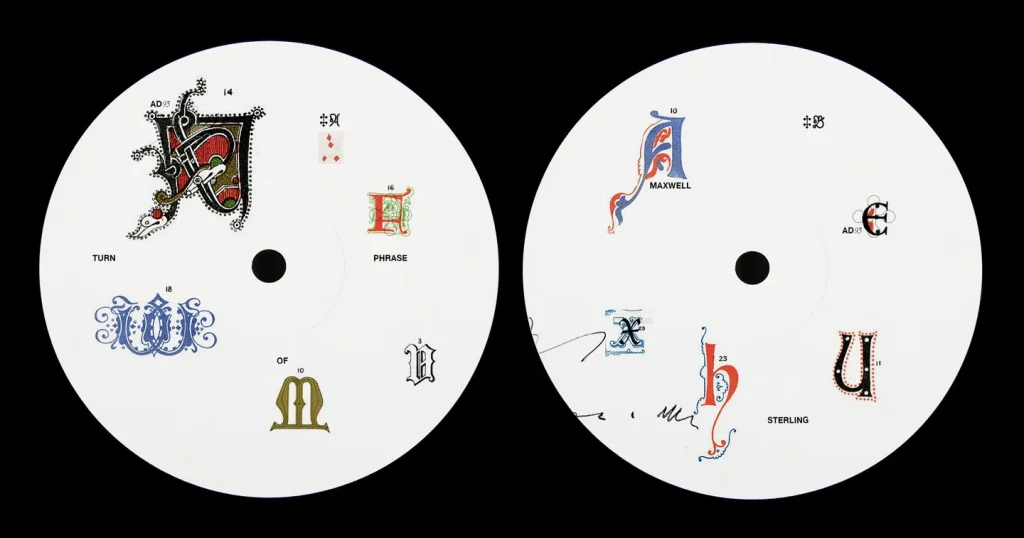
Much like the “Future Medieval” trend, the Renaissance Festival taps into a collective fascination with the past, offering a blend of historical accuracy and imaginative interpretation. The designs, performances, and crafts featured at our festival often draw from both medieval and Renaissance influences, showcasing the enduring impact of these periods on contemporary culture.
That’s The Short Of It…
Now go read Elizabeth Goodspeed’s exploration of the “Future Medieval” trend yourself to further understand how it highlights a fascinating intersection of past and present in graphic design. As designers continue to draw inspiration from the Middle Ages, this aesthetic movement offers a unique way to engage with the complexities of our time. Whether you’re a designer, a history buff, or simply someone interested in cultural trends, the “Future Medieval” style is a captivating development worth exploring.
* All images sourced from the original article